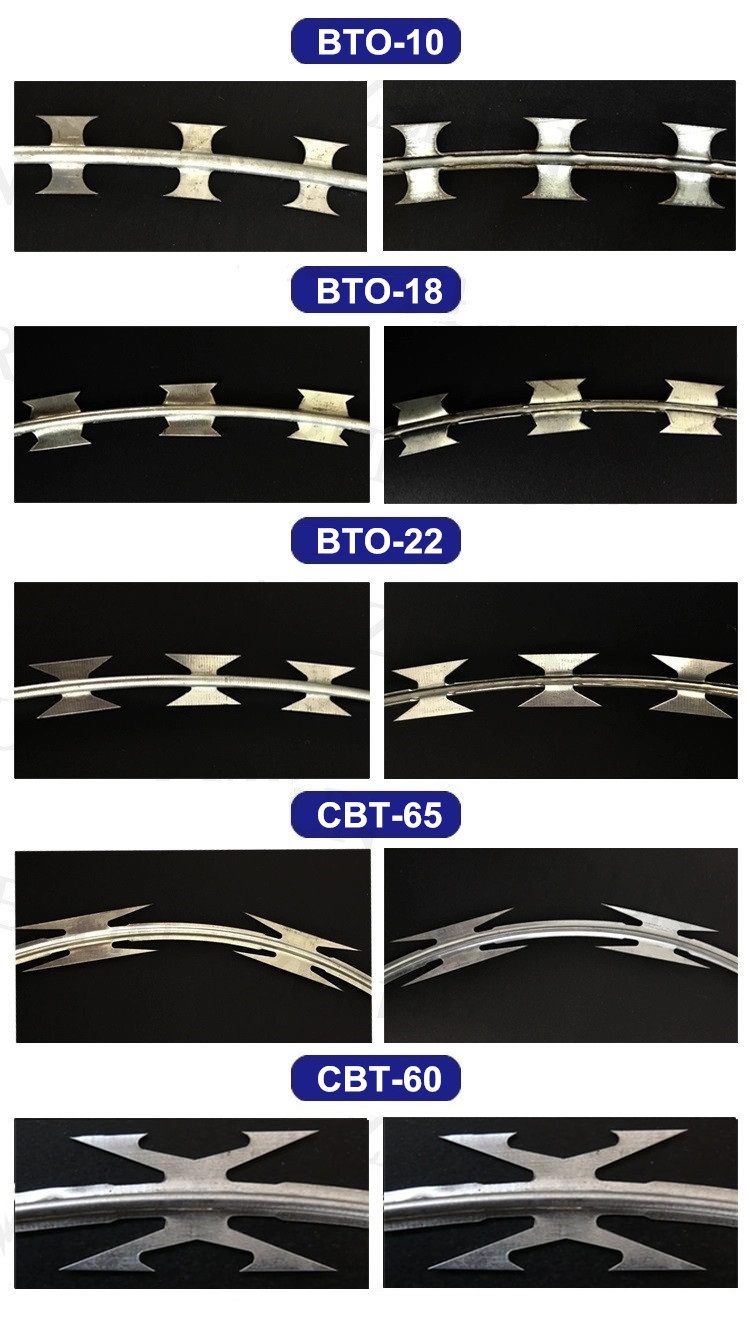Nov . 06, 2024 12:04 Back to list
Top Advantages of Hinge Joint Fencing for Livestock and Property Security
The Best Hinge Joint Fence A Guide to Durability and Functionality
When it comes to fencing solutions, one type that stands out for its robustness and effectiveness is the hinge joint fence. Widely used in agricultural and residential settings, the hinge joint fence is renowned for its ability to withstand the elements while providing security and containment for livestock and pets. In this article, we will explore the benefits, construction, and applications of the best hinge joint fence, helping you make an informed decision for your fencing needs.
What is a Hinge Joint Fence?
A hinge joint fence is constructed using wire strands that are twisted together, forming a series of hinged joints. This design allows for flexibility and strength, making it ideal for uneven terrain and areas with heavy wind. The wire is typically galvanized to prevent rust and corrosion, ensuring a long lifespan. Hinge joint fencing is most commonly made from high-tensile wire, which provides superior strength compared to traditional barbed wire.
Advantages of Hinge Joint Fencing
1. Durability One of the primary advantages of hinge joint fencing is its durability. The galvanization process protects the wire from rust, while the hinge joint construction allows the fence to flex under pressure, reducing the risk of breakage. This makes it perfect for areas prone to harsh weather or wildlife pressure.
2. Cost-Effectiveness Despite the initial investment, hinge joint fences can save money in the long run. Their strength and durability mean fewer repairs and replacements compared to other fencing types. Additionally, their ability to withstand the elements translates to lower maintenance costs.
3. Flexibility The hinge joint design allows these fences to adapt to the land's contours. This is particularly beneficial for uneven terrain, where other fence types might struggle to maintain their structure. The flexibility of this fence helps it resist toppling under stress, making it a reliable choice for agricultural applications.
4. Security Hinge joint fences provide reliable security for livestock and property. The strength of the high-tensile wire makes it difficult for animals to break through, while the design can also deter intruders.
best hinge joint fence

5. Ease of Installation Hinge joint fences can be relatively easy to install, especially for those with some basic knowledge of fencing. With the right tools and materials, homeowners and farmers can set up a hinge joint fence that meets their specific needs.
Applications of Hinge Joint Fencing
Hinge joint fences are incredibly versatile and can be used in various applications, including
- Agricultural Fencing Many farmers prefer hinge joint fencing to contain livestock such as cattle, sheep, and goats. The fence's design allows for minimal injuries to animals, and its durability ensures that it will last for many years.
- Wildlife Management Many wildlife enthusiasts and conservationists use hinge joint fences to create enclosures or to manage wildlife corridors. The strength and flexibility of the fence allow for effective management of both wild and domesticated animals.
- Residential Fencing Homeowners looking for a secure and reliable fencing solution often choose hinge joint fences for their properties. Whether it’s for containing pets or protecting gardens, this type of fence can provide peace of mind.
Conclusion
In summary, the best hinge joint fence combines durability, cost-effectiveness, flexibility, security, and ease of installation, making it a top choice for a wide range of applications. Whether you are a farmer looking to secure livestock, a homeowner wanting to enhance your property, or someone interested in wildlife management, hinge joint fencing offers a reliable solution that stands the test of time. By understanding its benefits and applications, you can make an informed choice and invest in a fencing solution that meets your needs for years to come.
-
358 Anti Climb Welded Wire Mesh Fence - Secure Perimeter Defense
NewsAug.02,2025
-
Durable Hot-Dip Galvanized Farm Field Wire Fence | Farm Security
NewsAug.01,2025
-
Temporary Fencing Solutions-Anping County Xingzhi Metal Wiremesh Products Co.,Ltd
NewsJul.31,2025
-
Hop Dipped Galvanized / PVC Coated Temporary Fence - Anping County Xingzhi Metal Wiremesh Products Co., Ltd.|Durable Temporary Fencing&Cost-Effective Security Solutions
NewsJul.31,2025
-
Hop Dipped Galvanized / PVC Coated Temporary Fence-Anping County Xingzhi Metal Wiremesh Products Co., Ltd|durable temporary fencing&corrosion-resistant solutions
NewsJul.31,2025
-
Temporary Fencing Solutions - Anping County Xingzhi Metal | Galvanized PVC Coated Fences
NewsJul.31,2025



